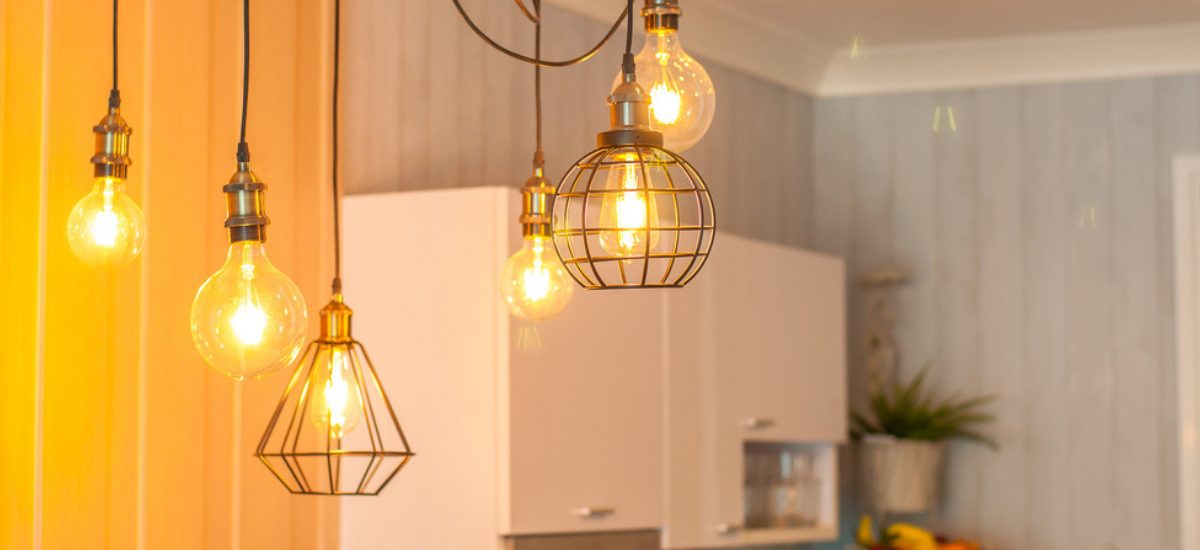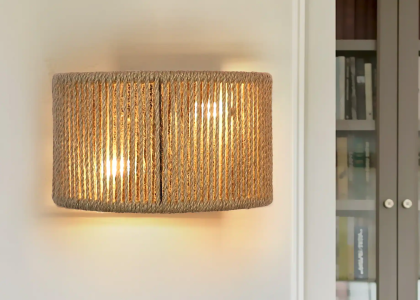The kitchen is often referred to as the heart of the home, a space where culinary creativity flourishes and family gatherings take place. Given its multifunctional role, the importance of proper lighting in this area cannot be overstated. Adequate lighting not only enhances visibility for cooking and food preparation but also contributes to the overall aesthetic and functionality of the space.
Poor lighting can lead to accidents, such as knife slips or spills, and can make even the most beautifully designed kitchen feel unwelcoming and cramped. Moreover, the right lighting can significantly influence the mood and atmosphere of the kitchen. Bright, well-distributed light can energize the space, making it feel vibrant and inviting, while softer, warmer tones can create a cozy environment perfect for intimate family dinners or casual gatherings with friends.
The interplay of light and shadow can also highlight architectural features, textures, and colors in the kitchen, transforming it into a visually appealing area that reflects personal style and taste. Thus, investing time and thought into kitchen lighting is essential for both safety and aesthetic appeal.
Types of Lighting for the Kitchen
When it comes to kitchen lighting, there are three primary types: ambient, task, and accent lighting. Ambient lighting serves as the general illumination for the entire space, providing a uniform level of light that allows for safe navigation and basic activities. This type of lighting can be achieved through ceiling-mounted fixtures, recessed lights, or even natural light from windows.
The goal is to create a well-lit environment that eliminates dark corners and shadows. Task lighting, on the other hand, is more focused and is designed to illuminate specific areas where activities such as chopping vegetables or reading recipes take place. Under-cabinet lights are a popular choice for task lighting, as they provide direct illumination on countertops without casting shadows.
Pendant lights over an island or a breakfast bar also serve this purpose effectively, offering both functionality and style. Lastly, accent lighting adds a decorative touch to the kitchen by highlighting certain features such as artwork, cabinetry, or architectural details. This type of lighting can be achieved through track lighting or strategically placed wall sconces, creating visual interest and depth in the space.
Choosing the Right Fixtures for Your Kitchen
Selecting the appropriate fixtures for kitchen lighting Kensulighting involves considering both functionality and design. The style of fixtures should complement the overall aesthetic of the kitchen while also meeting practical needs. For instance, if your kitchen has a modern design with clean lines and minimalistic features, sleek pendant lights or recessed fixtures may be ideal choices.
Conversely, if your kitchen leans towards a more traditional style, ornate chandeliers or vintage-inspired sconces could enhance its charm. In addition to style, it is crucial to consider the size and scale of the fixtures in relation to the kitchen’s dimensions. Oversized fixtures can overwhelm a small kitchen, while tiny lights may get lost in a larger space.
A good rule of thumb is to ensure that pendant lights hang at an appropriate height above countertops or islands—typically around 30 to 36 inches above the surface—to provide adequate illumination without obstructing views. Furthermore, dimmable fixtures offer versatility by allowing you to adjust brightness levels according to different activities or moods, making them an excellent addition to any kitchen.
Tips for Proper Placement of Lighting in the Kitchen
Proper placement of lighting fixtures is essential for maximizing their effectiveness in the kitchen. A layered approach that combines ambient, task, and accent lighting will create a well-balanced environment. Start by assessing the layout of your kitchen and identifying key areas that require illumination.
For instance, ensure that work surfaces such as countertops and islands are well-lit with task lighting to facilitate food preparation and cooking. In addition to work areas, consider the flow of movement within the kitchen. Placing lights near pathways or entry points can enhance safety by illuminating areas where people frequently walk.
For example, installing recessed lights along a hallway leading to the kitchen can help prevent accidents in low-light conditions. Accent lighting should be strategically positioned to draw attention to specific features like decorative backsplashes or open shelving displays. By thoughtfully considering placement, you can create a harmonious balance between functionality and aesthetics in your kitchen lighting design.
Energy-Efficient Lighting Options for the Kitchen
As energy conservation becomes increasingly important in modern homes, exploring energy-efficient lighting options for the kitchen is essential. LED (light-emitting diode) bulbs are among the most popular choices due to their longevity and low energy consumption compared to traditional incandescent bulbs. LEDs can last up to 25 times longer than incandescent bulbs while using up to 80% less energy, making them an environmentally friendly option that also reduces electricity bills.
In addition to LED bulbs, consider incorporating smart lighting systems into your kitchen design. These systems allow you to control brightness levels and color temperatures through mobile apps or voice commands, providing flexibility and convenience. Some smart bulbs even offer scheduling features that enable you to set specific times for lights to turn on or off automatically.
By embracing energy-efficient options, homeowners can enjoy a well-lit kitchen while minimizing their environmental impact and reducing energy costs.
Enhancing Ambiance with Decorative Lighting in the Kitchen
Decorative lighting plays a pivotal role in enhancing the ambiance of a kitchen, transforming it from a purely functional space into an inviting area for social interaction and relaxation. Unique light fixtures such as statement chandeliers or artistic pendant lights can serve as focal points that draw attention and spark conversation among guests. These fixtures not only provide illumination but also contribute to the overall design narrative of the kitchen.
Incorporating decorative elements such as colored glass shades or intricate metalwork can add personality and flair to your kitchen lighting scheme. Additionally, using dimmable decorative lights allows you to adjust brightness levels according to different occasions—brightening up for cooking or dimming down for a cozy dinner setting. Layering decorative lighting with other types of illumination creates depth and dimension in the space, ensuring that your kitchen remains functional while also exuding warmth and charm.
By thoughtfully considering these various aspects of kitchen lighting—from its importance and types to fixture selection and placement—homeowners can create a well-lit environment that enhances both functionality and aesthetics. The right combination of ambient, task, accent, energy-efficient options, and decorative elements will not only elevate the overall design but also make the kitchen a welcoming hub for family gatherings and culinary adventures alike.











